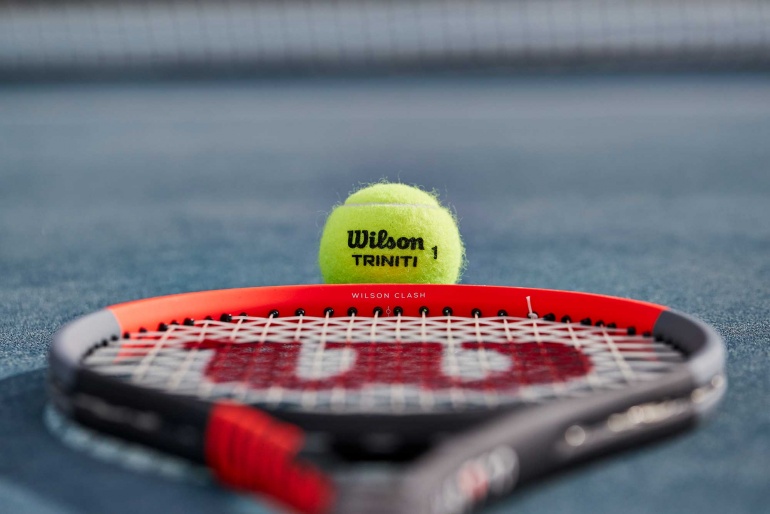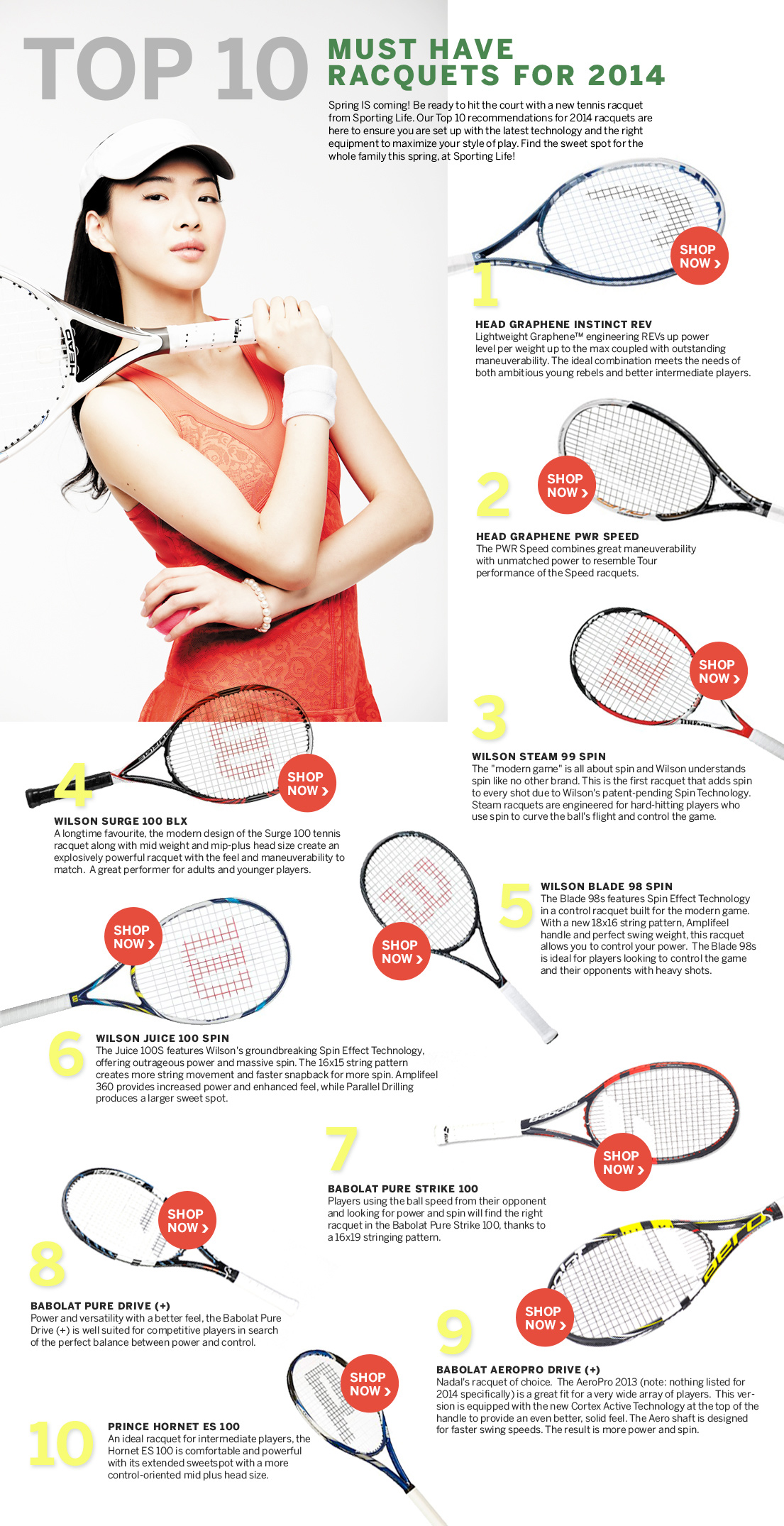While much of our lives have changed due to COVID-19 and its impact on our day-to-day schedules, the ability to watch sports has been a welcome reprieve for many.
We continue to try to participate in sports as much and as safely as possible, but when we’re in-between opportunities (or when the weather isn’t cooperating!) it’s nice to have something to engage with.
Enter: Grand Slam tennis.
If you were curious about tennis in 2020 as you looked for a safe outdoor activity or if you were wondering what all the online fuss was about last year, this is a perfect guide to get you to understand what it all means when you’ve got tennis on television.
SCORING POINTS
When you turn on a tennis match, you’ll see two players (and sometimes four, if you’re watching doubles) going head-to-head to try to defeat his or her opponent.
Tennis players aim to win sets and games in order to win a match.
They’ll hit a collection of forehands (a shot with a player’s dominant hand), backhands (a shot hit with an arm across a players’ body), volleys (a shot hit without bouncing first), and serves (a toss of the ball and a hit) in order to score points against his or her opponents.
Once a ball bounces more than once on a particular players’ side (or if one player hits the ball outside of the box of painted lines on the court) that means his or her opponent as earned a point.
‘Love’ means zero (according to tennis lore, it’s because the French word for ‘egg’ is l’oeuf, because zero on a scoreboard looks like an egg) and then points go up to 15, 30, and 40 before a winner is declared in a set.
Unfortunately most of tennis’ scoring systems are convoluted! One author even said, “I don’t think anybody really knows how it started.” More on Tennis’ odd scoring system can be found here.
All you need to know as a first-time tennis watcher is whomever seems to be more excited is probably winning.
MATCH FORMAT
Men’s singles is played in a best-of-five set format while women’s singles and men’s and women’s doubles are in a best-of-three format.
Players must win six games to win a set. If the score reaches 5-5 then they will enter into a tie-breaker to try to win 7-5.
THE MAJORS
Other than the Australian Open, there are three other majors on the tennis calendar.
French Open (late May, early June): Played on a clay court at Roland Garros in Paris.
Wimbledon (late June, early July): Played on a grass court at the All-England Lawn Tennis and Croquet Club in London.
US Open (late August, early September): Played on a hard court at the USTA Billie Jean King National Tennis Center in New York City.
PACE OF PLAY
Matches don’t always start right players walk onto the course. Players have one minute to meet their chair umpire at the net for the coin toss, get a five-minute warm up, and then have another minute to get on the court to begin the match.
Players are allowed 25 seconds between points (monitored by a clock on the court).
FOLLOWING THE BOUNCING BALL
Even if you don’t watch tennis frequently, you likely are aware of the position of ball boys and ball girls – they’re usually standing dead still behind players and bouncing new balls in their direction.
Balls are fully changed out after the first seven games and after each subsequent nine games.
LOCK IT IN
At its heart, a tennis match is pretty straightforward. But, the sport has the potential to, and often does, produce some of the most thrilling drama and entertainment on TV.
A match begins when a player serves to his or her opponent and they go back-and-forth trying to earn points. Balls must be hit over the net and inside the inner box (for singles) and outer box (for doubles).
As you follow along, you’ll get a better sense of beauty of the game as players mix in soft lobbing shots, aggressive services, fluid forehands, and banging backhands.
As the best players in the world compete for another major, maybe you’ll get motivated to head out and play yourself!
By Adam Stanley





